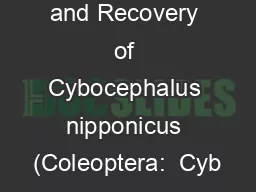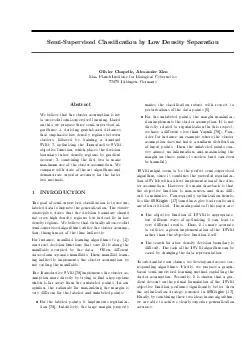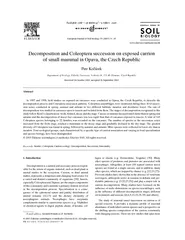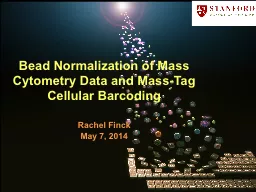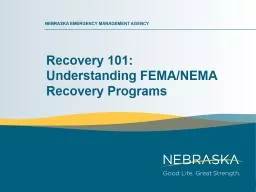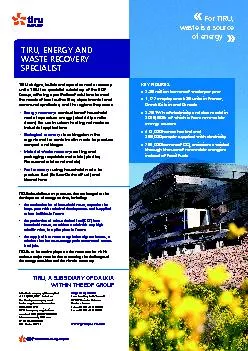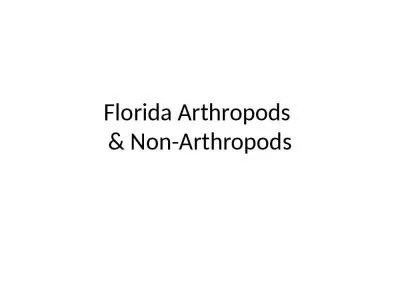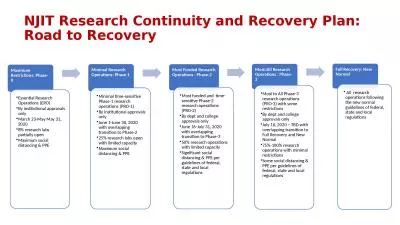PDF-Mass Release and Recovery of Cybocephalus nipponicus (Coleoptera: Cyb
Author : debby-jeon | Published Date : 2016-12-02
Annual Report 2008 Prepared by Mark Mayer Thomas Dorsey Thomas Scudder Lauren Bronhard Phillip Alampi Beneficial Insect Laboratory Division of Plant Industry 2 Abstract
Presentation Embed Code
Download Presentation
Download Presentation The PPT/PDF document "Mass Release and Recovery of Cybocephalu..." is the property of its rightful owner. Permission is granted to download and print the materials on this website for personal, non-commercial use only, and to display it on your personal computer provided you do not modify the materials and that you retain all copyright notices contained in the materials. By downloading content from our website, you accept the terms of this agreement.
Mass Release and Recovery of Cybocephalus nipponicus (Coleoptera: Cyb: Transcript
Download Rules Of Document
"Mass Release and Recovery of Cybocephalus nipponicus (Coleoptera: Cyb"The content belongs to its owner. You may download and print it for personal use, without modification, and keep all copyright notices. By downloading, you agree to these terms.
Related Documents

